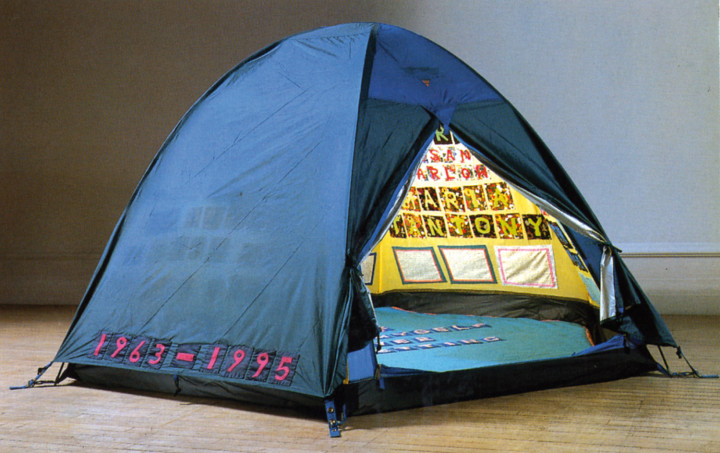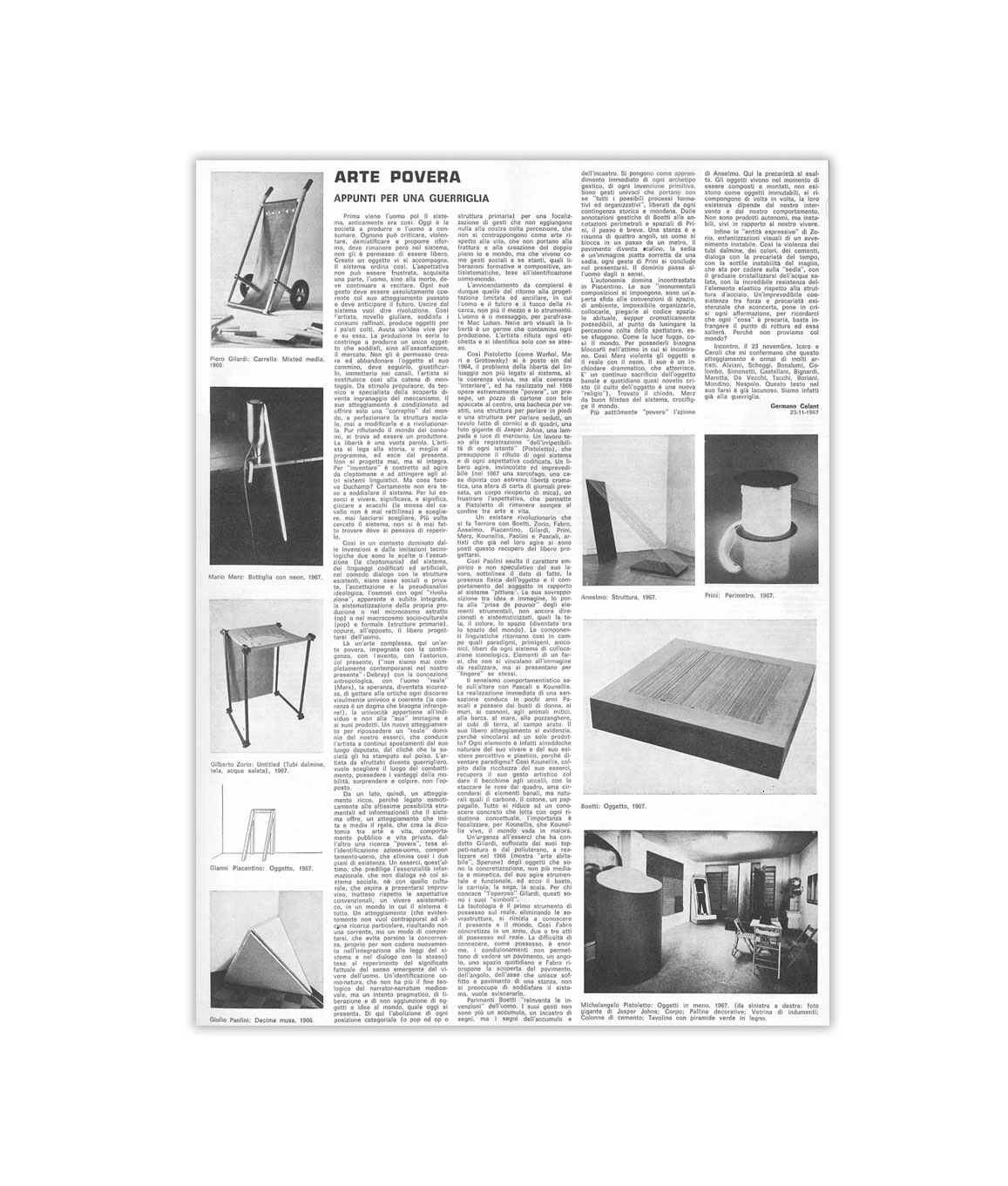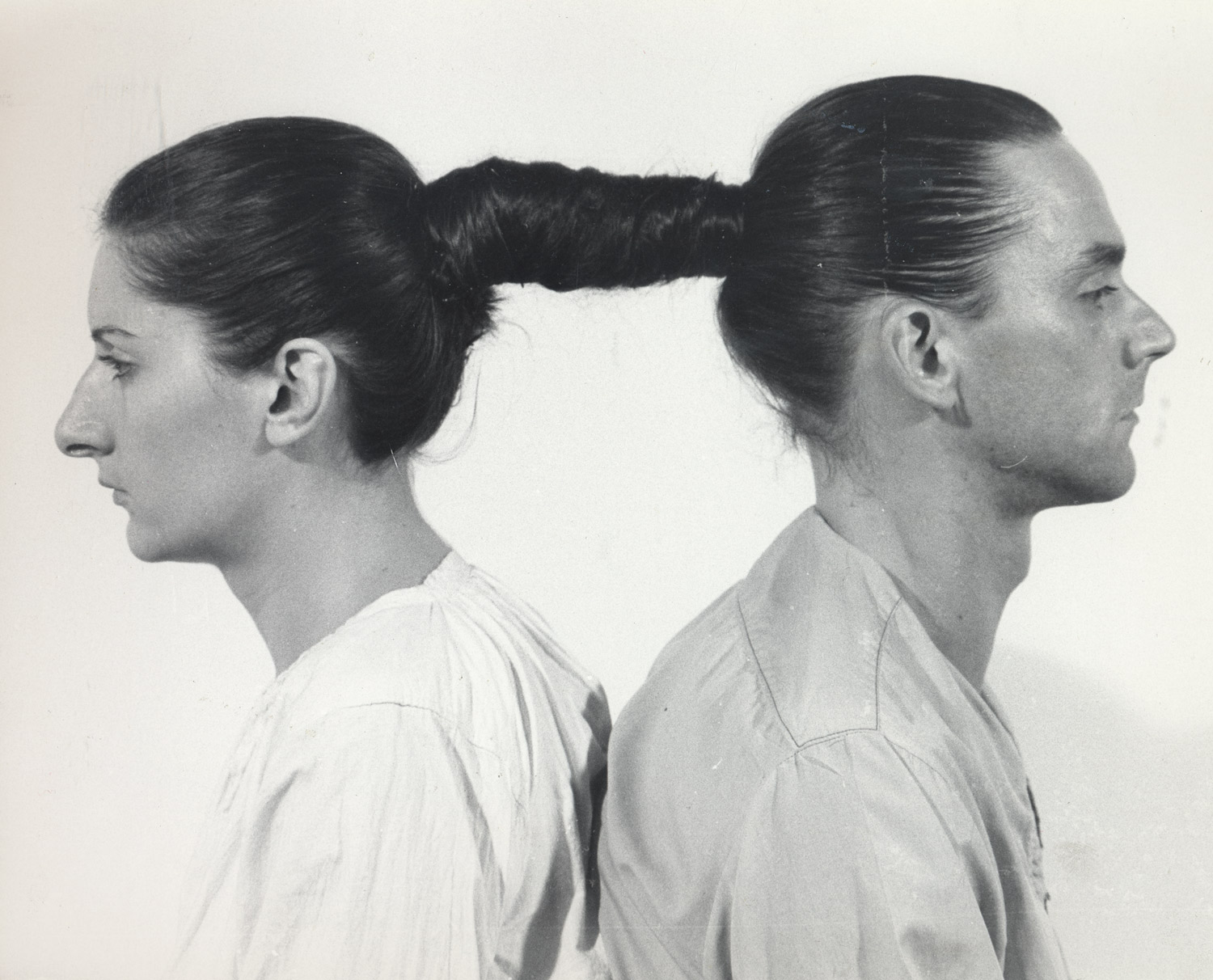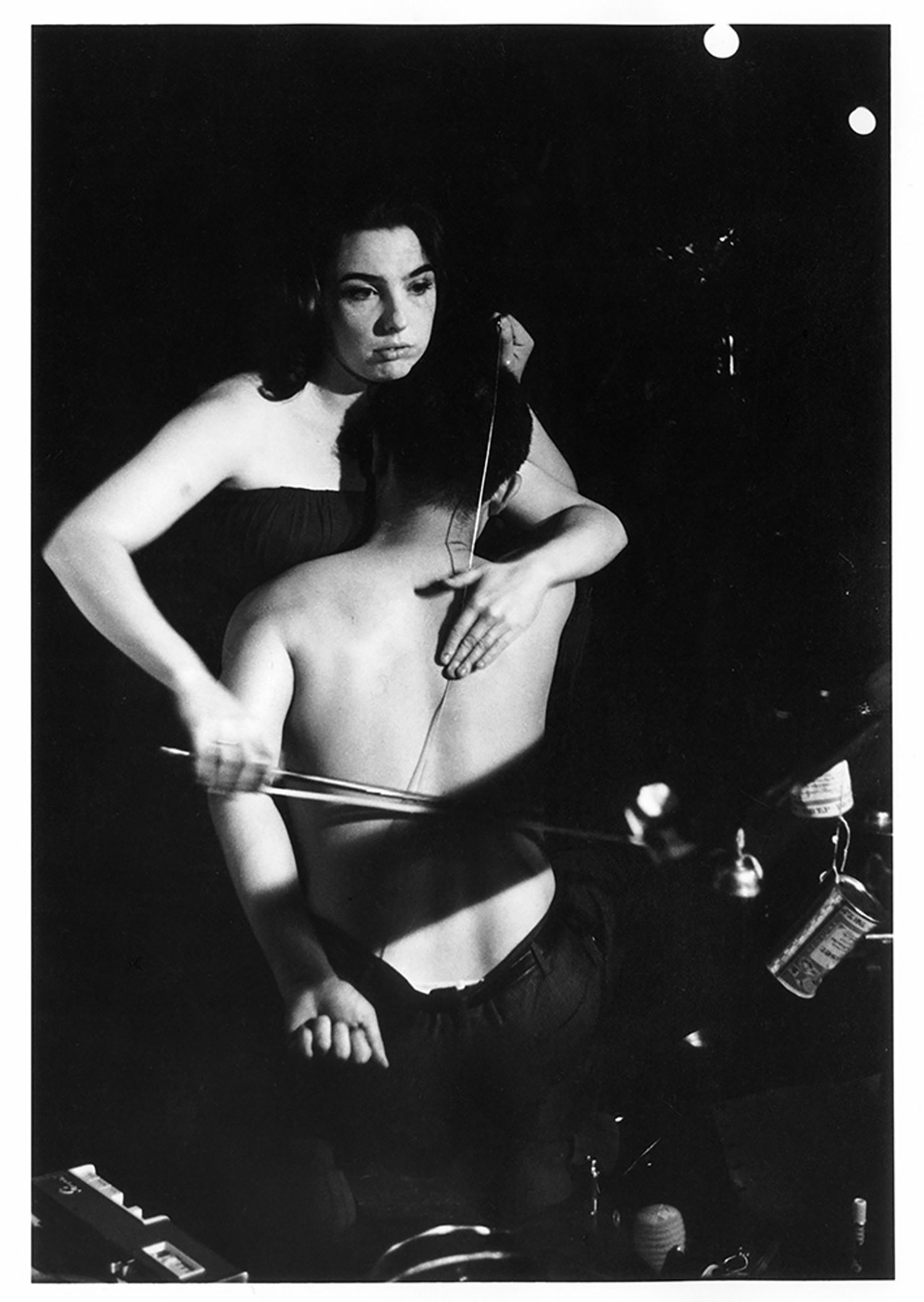
The Young British Artists in “Sensation” have been growing up in public — the majority with their pants down. If they’ve made mistakes, they’ve been in the gallery and on the museum floor. “Sensation: Young British Artists from the Saatchi Collection” sets itself up as the first definitive survey of this, the young British art that has done so much to breathe life into the ossified heritage from which it springs. Housed in the venerable halls of the Royal Academy — a statue of Joshua Reynolds greets you in the courtyard with brushes and palette in hand — the sensation here is not so much about the art as the culture in which it is made and received. The show is really about British art struggling to become contemporary in a culture which still sees itself as heritage. “Welcome to the cultural revolution, the ticket window is just to your right.”
The London artworld has changed, even if the face of British art remains predominately pale and male. This revolution has been televised, promoted, and in a very significant way produced by the Saatchi machinery. Charles Saatchi is both producer and consumer in one swift stroke of the pen on the bank draft. But he’s not the entirety of the London artworld. The question is not really why such a small contingent of postmodern Medicis have a lock on the talent, as how? It’s not simply their stores of ready cash. The answer has a strong cultural component beyond the accumulation of capital. British culture likes to keep its Mad Dogs on a leash. But like any good master, it lets them run free a bit, that is as long as they stay within the grounds and know how to find their way home with the bone. Written against this backdrop is the operative buzzword in contemporary British culture — modernization. Young British art and the image of a swinging ’90s London can be projected onto the plane of theory. But it isn’t much about theory. It’s about money. And in this case mainly Mr. Saatchi’s.

However, by and large, the work that is shocking and sensational to the public of indignant egg chuckers is aggressively modern, rather than transgressively anything else. Myra, for all her sensational beauty, doesn’t breach political or ethical issues beyond those of the artist and institution. While Sarah Lucas appropriates the persona of the yob, her pieces have the authoritative aura and patina of high modernism. Mark Wallinger, on the other hand, deals with class and race in paintings that speak the vocabulary of Stubbs, albeit in a contemporary voice. None of this should shock, it’s a familiar kind of modern. There are works in the show that strive to wake the culture up from its sleepy dream. Photo pieces by Sam Taylor-Wood and Richard Billingham lay bare the wrecked institutions of the English dinner party and family. Chris Ofili’s exotic paintings that collage a playful view of ethnicity, eroticism, and cultural identity stand out on their balls of rolled elephant shit. There is new work in “Sensation” that puts it above any survey to come before. Darren Almond’s Fan stretches out beyond the hype and Ron Mueck’s Dead Dad, a 1/4 scale model of his dead father — something like a Duane Hanson piece from the nude business class — is a remarkable find. On the whole, the battles being played out in the Royal Academy feel like those of ancients and moderns. The exceptions are few. But when they pop up one can see there is some method to all this madness as in Hirst, Whiteread, and the Chapmans.
The real accomplishment of British art in the past ten years has been to challenge the cultural constraint of its own house. It’s done it by looking outside as much as within itself. It’s a project of modernization. Mr. Saatchi knows this. The adman loves the new, young, and brash. It’s his currency. Culture sells. English heritage may be reluctant to take it on board, but eventually the dog will begin to wag the master’s tail.
Reactions to “Sensation” have run the emotional gauntlet. The press have been critically bland, except when the public has been openly violent. To date there have been a handful of demonstrations, a few resigning Royal Academicians and a couple of random acts of violence followed by hoards of newly deputized security guards. The Saatchi advertising acumen knows well what kind of mileage it can get out of albumen and ink. A painting by Marcus Harvey, a police mug shot of Myra Hindley, the ’60s moors murderer, done in a bit-mapped technique similar to that of Chuck Close, was damaged and is still in restoration. Crowds are still lining up because of the sensation.





